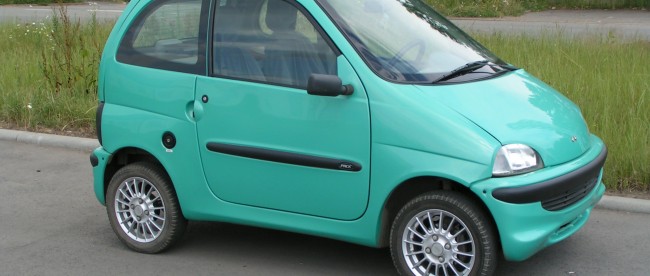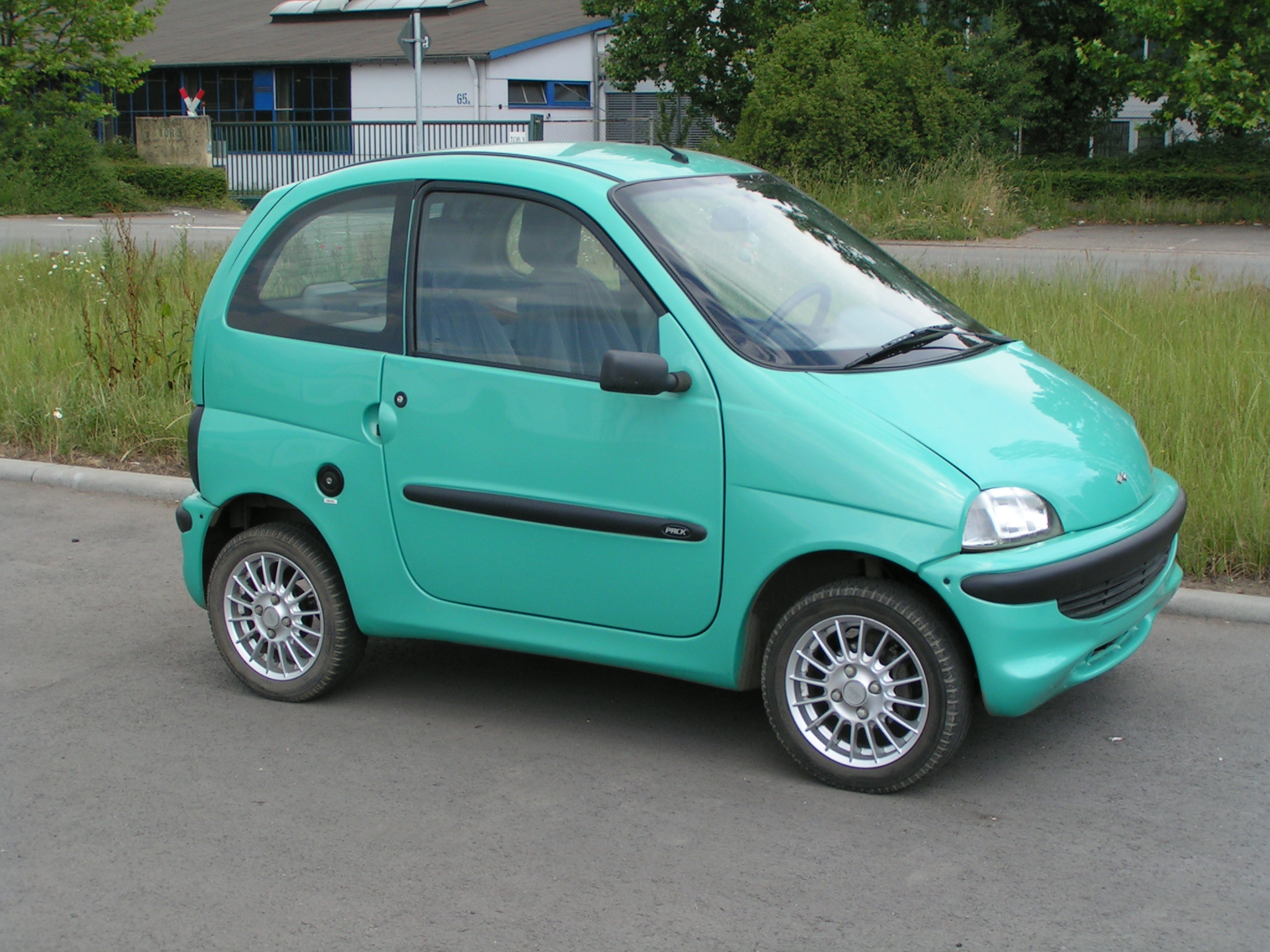VSP


The vehicle pictured above looks like a car, probably because it is one — although a smaller-than-usual version of one that seats only two people. It’s made by a French company called Ligier, and, like most other cars, has four wheels, some seats, a gas pedal and brake pedal, headlights and brake lights, side-view mirrors, and air conditioning. It need not be all that basic, either — many models come with a backup camera and, in the words of the BBC, “a top-flight sound system.” Ultimately, though, you’re paying a lot to get a tiny, tiny vehicle — the top-end microcars run about 14,000 Euros (a bit more than $15,000).
So if you want to drive the car above, you’ll need a good amount of cash. But that’s all you’ll need in your wallet. In France, at least, you won’t need a driver’s license.
France has a class of cars called VSPs — voitures sans permis, or “car without a license” — which, like the name makes pretty clear, are cars one can drive without a driver’s license. In order to legally operate one, per the above-linked BBC article, would-be drivers need to be at least 14 years old, “have to take a [written] exam in the French highway code (this is waived entirely if you were born before the law was last changed in 1988)” and “drive accompanied for a minimum of four hours.” And… well, and that’s it. There’s no road test required or administered. As a result, almost anyone can get behind the wheel of a car in France.
Of course, the are some meaningful downsides to driving a VSP. First, because there’s virtually no vetting process, VSP owner should expect to pay high insurance premiums. Second, as the Telegraph notes, the cars are underpowered; they’re limited to an “empty weight of no more than 350kg [770 lb], top speed restricted to 45km/h [that’s about 28 mph] and a power plant that delivers a mighty 5.5 horsepower.” And finally, in part because their top speed isn’t very fast, you can’t drive VSPs on highways. Besides, as the New York Times notes, that would be “irretrievably stupid” — VSPs typically lack air bags, anti-lock braking systems, and similar otherwise-common safety features which save lives in high-speed accidents.
Despite the seemingly odd idea of letting anyone behind the wheel of a car (underpowered or not), VSPs are generally uncontroversial in France. They’re seen more akin to motorcycles or electric scooters than cars (and are often called “quadricycles”), both of which are only lightly regulated there. And compared to both, these mini cars are much safer and, for the older population, a much more realistic mode of transport. On the other hand, VSPs run the risk of providing people with suspended licenses (e.g. because they drove drunk) a way to get behind the wheel prematurely. Unfortunately, because VSPs are so lightly regulated, there is not a lot of data as to that potential danger.
Bonus Fact: In 1994, an 80-year-old man Wisconsin man named Henry Straight suffered a stroke. Henry’s brother, a 73-year-old Iowa man named Alvin wanted to visit Henry, but was unable to make the four-or-so hour drive — Alvin’s eyesight precluded him from obtaining a drivers’ license. So, Alvin improvised — he drove a lawn mower. At a top speed of five miles per hour, the trip took six weeks, per Wikipedia: “Setting off in early July, he towed a trailer loaded with gasoline, camping gear, clothes and food, and arrived at his brother’s house in mid-August.”
From the Archives: Stereotypical Concept Car: It’s pretty offensive. At least it has gull-winged doors….
Take the Quiz: Here’s the car. Name its country of origin.
Related: A quadricycle of some sort. I’m not sure why it’s $500.
